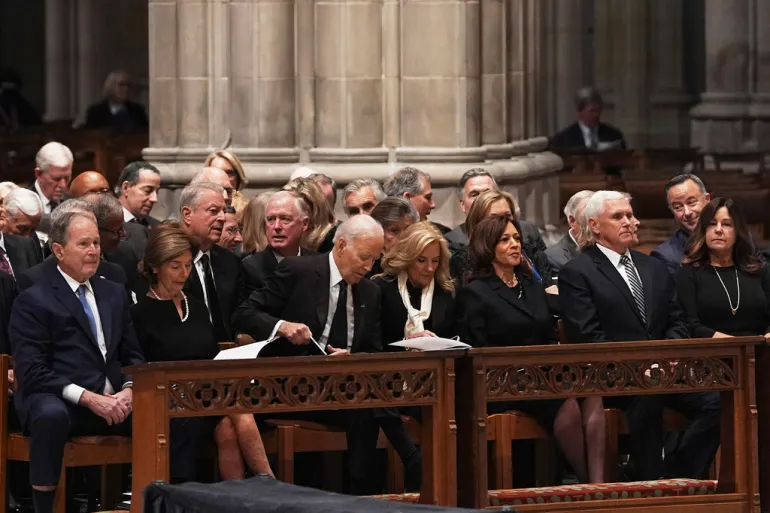Oil drifted lower Tuesday, with traders shrugging at OPEC+’s baby-step supply hike and refocusing on the drumbeat of oversupply. Brent slipped 0.46% to $65.17 a barrel around 1:06 p.m. ET, while West Texas Intermediate eased 0.32% to $61.49. That pares Monday’s rebound, when both benchmarks popped more than 1% after the producer group surprised by doing less, not more.
The cartel and its allies will lift output by just 137,000 barrels a day in November — well shy of the bigger bump many had braced for. The message is caution: forecasts still point to a surplus into the fourth quarter and through next year, so no one in Vienna wants to tip the market over. Saudi Arabia underscored that steady hand by keeping its flagship selling price to Asia unchanged, a deflation of hawkish expectations that kept sentiment muted.
Demand isn’t dead. India’s fuel use jumped 7% year over year in September, a reminder that emerging markets are still pulling barrels. But the supply side is doing more of the talking. The US now expects record crude output of 13.53 million barrels a day in 2025, up from a prior 13.44 million forecast, and the Energy Information Administration sees global inventories building into next year as non-OPEC+ production leads growth.
Stockpiles are already swelling. JPMorgan estimates total inventories — including crude parked on tankers — rose every week in September, adding 123 million barrels. China, meanwhile, is racing to expand its strategic storage, quietly absorbing surplus barrels and complicating the read-through for balances.
Geopolitics are providing a soft floor, even if they haven’t flipped the tape. The Russia-Ukraine war keeps risk premia alive, and Russia’s Kirishi refinery just halted its main distillation unit after an October 4 drone strike, with repairs likely to take about a month. Still, those disruptions haven’t outweighed the broader glut narrative.
All eyes now turn to US inventory data from the American Petroleum Institute. Until then, crude looks stuck in neutral.
“Right now the market is locked in a sideways pattern, waiting to see what happens with inventories,” said Phil Flynn at Price Futures Group.
The original story by Georgina Mccartney for Reuters.









The latest news in your social feeds
Subscribe to our social media platforms to stay tuned